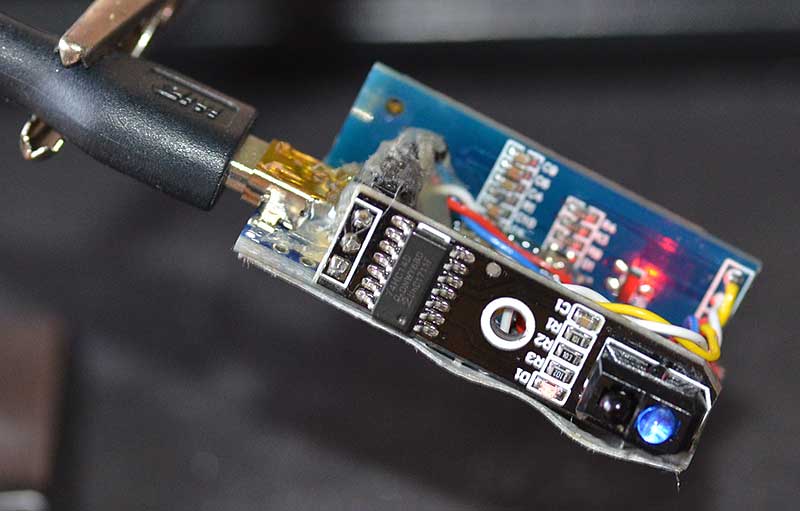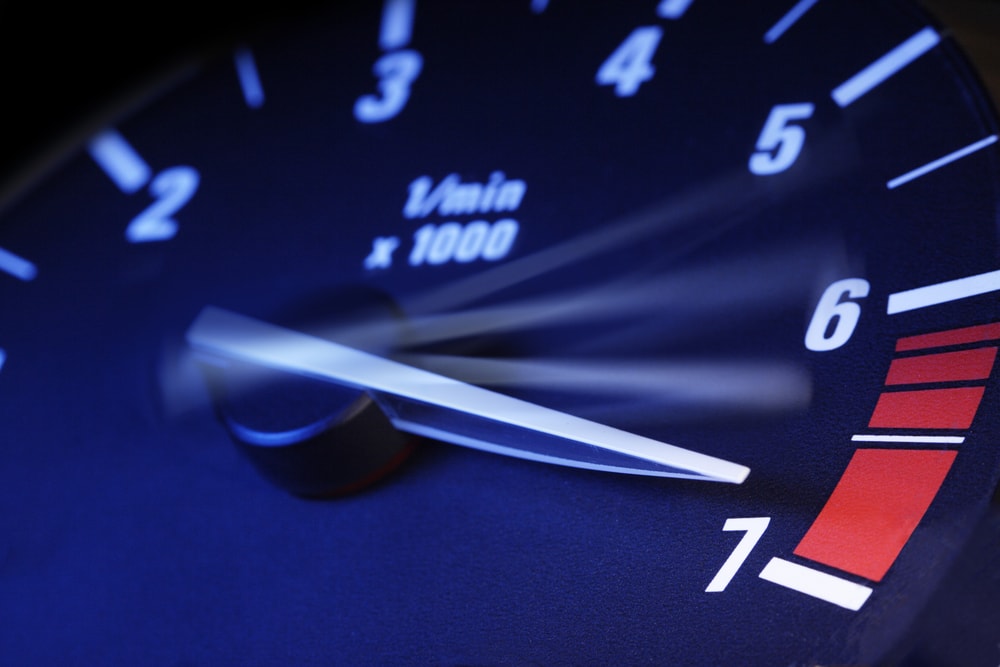
What Does the Tachometer Tell You About Your Vehicle?
Share
The tachometer is an essential instrument in your vehicle's dashboard, providing real-time information that can help you optimize performance and prolong your engines life. So, what does the tachometer tell you? Let's dive into the details.
Understanding the tachometer is crucial for both tech professionals and automotive enthusiasts. It indicates the engine's revolutions per minute (RPM), allowing drivers to gauge performance and make informed decisions about gear changes and driving habits. But there's much more to this instrument than just a number!

Understanding Tachometer Readings
At its core, the tachometer measures the speed of the engine by providing a numerical representation of RPM. Generally, a higher RPM indicates that the engine is working harder, while a lower RPM suggests it's running more efficiently. Drivers need to interpret these readings to enhance their vehicle's performance.
Why is the Tachometer Important?
The tachometer serves various purposes aside from displaying engine RPM. For instance, it can help prevent engine damagea critical factor in maintaining a vehicle's longevity. Operating an engine at excessively high RPMs for prolonged periods can lead to severe wear and tear, overheating, and even catastrophic failure.
How to Read a Tachometer
Most tachometers have a dial that displays a scale usually ranging from 0 to 8 or 0 to 10, depending on the vehicle. A red zone typically indicates the maximum safe limit for the engine. Understanding where your engine operates can help you shift gears more appropriately and avoid damaging it.
For instance, if you notice that your tachometer readings reach the redline frequently, you may be accelerating too hard or not shifting gears efficiently. Conversely, maintaining RPMs too low can result in inadequate power delivery and poor vehicle responsiveness.
Optimal RPM Levels
Knowing the ideal RPM range for your vehicle can significantly enhance its performance and efficiency. Most vehicles operate optimally between 1,500 and 2,500 RPM for most driving scenarios. Sports cars might have higher optimal ranges, while economy vehicles could exhibit more efficient performance at lower RPMs.
Tachometer Types
There are different types of tachometers available, each with its own features and functionalities:
- Analog Tachometer - A classic design with a needle that moves along a dial. It's straightforward and effective in displaying RPM information.
- Digital Tachometer - Provides a numeric representation of RPM. Some models include additional features like color-coded zones to indicate safe operational ranges.
- Mechanical Tachometer - Uses a flexible cable connected to the engine. As the engine turns, it rotates the cable, providing RPM readings.
- Electronic Tachometer - Utilizes electronic sensors for accurate readings. These are often found in modern vehicles and may include advanced features like shift indicator lights.
Integrating Technology with Tachometers
As technology advances, so does the functionality of tachometers. Modern tachometers often come integrated into digital displays, providing a plethora of data beyond just RPM, such as vehicle speed, fuel consumption, and engine diagnostics.
Common Misconceptions About Tachometers
Despite its importance, several misconceptions about tachometers exist.
-
Myth: Tachometers are only for race cars.
Fact: All vehicles equip tachometers as a crucial part of the dashboard for performance monitoring. -
Myth: Higher RPM means higher speed.
Fact: While there's a connection, RPM reflects engine speed, not vehicle speed. Gearing plays a vital role in this calculation. -
Myth: Tachometers are irrelevant for automatic transmissions.
Fact: Even automatics can benefit from tachometer readings, especially during competitive driving or when towing.
Conclusion
The tachometer is more than just a needle on your dashboard; its an essential tool that provides valuable insights into your vehicle's performance. Understanding what does the tachometer tell you can lead to improved driving techniques and prolonged engine health. By interpreting tachometer readings carefully, you can optimize your driving experience and ensure your vehicle operates within safe limits.

FAQs
1. What is an acceptable RPM range for most vehicles?
Most vehicles operate best between 1,500 to 2,500 RPM during regular driving conditions.
2. Why should I pay attention to the tachometer in my vehicle?
Monitoring your tachometer helps you avoid over-revving, which can damage your engine and reduces overall performance.
3. Can a tachometer contribute to fuel efficiency?
Yes, maintaining optimal RPM levels can improve fuel efficiency, helping you get the most out of your vehicle's engine.
